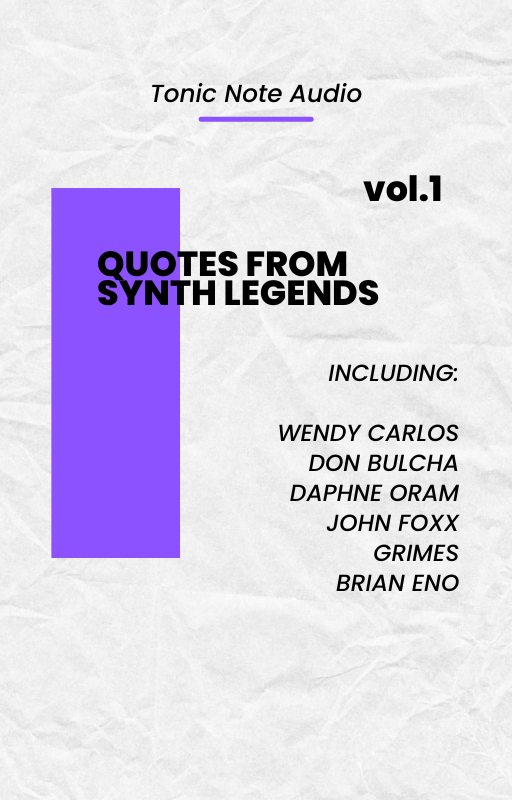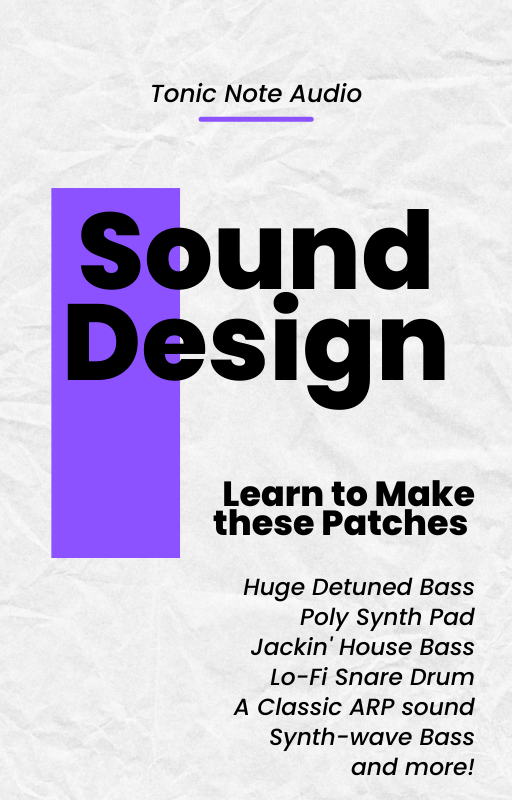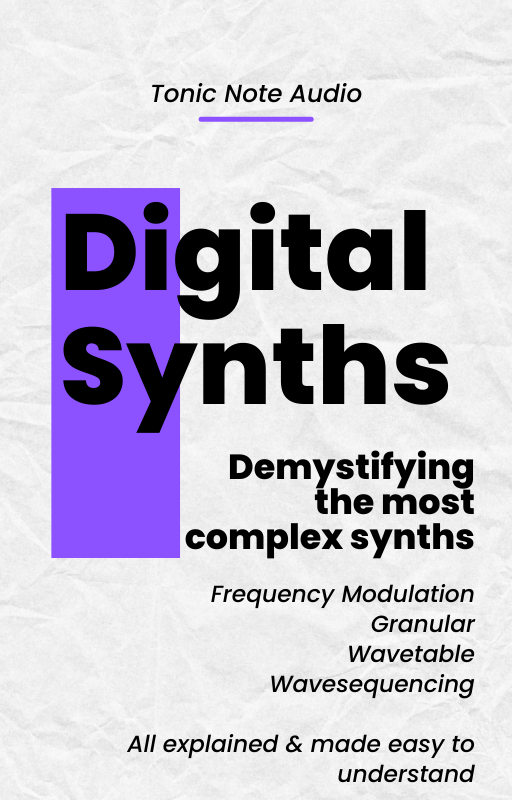How To Boards of Canada
In our latest Music Maker’s Social Club (which is kind of like a live podcast X tutorial X social club about music production, hosted on Zoom), we covered all things Boards of Canada.
I thought I’d post one of my favourite tracks of theirs here, and below that, the Show Notes for the Music Maker’s Social Club session. You might like the further reading links I have included.
Hopefully you can get useful tips and facts from the show notes, and if you’d like to join in the next session, click the button below! They are on the 1st Tuesday of every month, 7.30PM-8.45PM, UK time.
Also, we have our FREE Studio Launch Party on June 10th
with loads of interactive activities,
check it out with the button below
MMSC June 2022 Show Notes - Boards of Canada Case Study & Tutorial
7.30pm - Social Catch Up
7.45pm - Featured Artist: Boards of Canada
Background
A mysterious Scottish duo, Michael Sandison and Marcus Eoin, originally from Cullen, Moray.
Spent some time in Canada in their childhood, hence the name, which refers to a Canadian Govt TV company producing mainly documentaries; The National Film Board of Canada.
As children they played instruments, messing around with cassettes and tapes, but the band itself was born in 1986 with some of their friends .
By 1990 the band had been reduced back to the two brothers, who took the project in a more electronic sound.
All Music described them as “"evocative, mournful, sample-laden downtempo music often sounding as though produced on malfunctioning equipment excavated from the ruins of an early-'70s computer lab.”
Music Journalist Simon Reynolds described them as “aching with nostalgia”
Their studio in the UK is called Hexagon Sun - We should all name our own studios even if it is the corner of the living room!
Attitude & Quotes
Create lots of ideas and loops
Geogaddi allegedly involved the creation of 400 song fragments and 64 complete songs, of which 22 were selected (possibly 23, if the final track of complete silence is included).
Strong interest in the power of subliminal messaging and their work is full of cryptic messages including references to numerology and cult figures such as David Koresh of the Branch Davidians
("[We] do actually believe that there are powers in music that are almost supernatural. I think you actually manipulate people with music...").
Codes and Puzzles that reveal release details to launch EPs, albums etc
“As for our percussion, it's never just a drum machine or a sample, we put a lot of real live drumming or percussion in there, woven into the rhythm tracks, and it brings a bit of chaos into the sound that you just can't achieve any other way.”
Processing all different forms of audio through samplers is really important to them, almost more than the synths
Latest Release (& my favourite at the moment!)
Tomorrow’s Harvest
“there's a deliberate VHS video-nasty element throughout the record and to get there it wasn't just a case of processing sounds through old media, which is a given with us anyway, but we even went to the extent of timing changes in the music and the composition of the pieces, in really specific ways”
Possible Gear Used - No one knows for sure and they are quite secretive about it!
Roland 101
Akai Samplers (S1000)
Yamaha AN1x
Juno 60
Yamaha CS-70m (not CS-80)
Sequential Circuits Prophet 5
Moog Memory Moog
Roland Jupiter 8
Crumar Trilogy - A rare vintage polysynth
8.05PM - Lesson -
Concept of the piece - HOWEVER they do say “We often jam something down quickly and you tend to find those things are the ones with a great instant melody.”
Get out of your DAW and record all sorts of experiments using any recording equipment you have to hand, eg an old dictaphone, boombox with built in microphone, old cassette walkman, VHS player etc. This adds the real life degradation to your audio and gives that sense of nostalgia
Warbled Analogue bass and arps
Microsampling of archive sources and recordings of their own family
Mixture of drum machines & recorded live drums
Drive the gain staging
Almost everything recorded to tape or VHS
Play as much by hand as possible. Don’t quantize anything. If you need to, do a retake rather than quantizing
Saturation & Distortion
Pitch Drift & LFO
Memory Triggers - specific sounds from the past to trigger a memory
Decomplexing - Editing out notes, sounds and other elements to reduce the track to it’s best elements and give space
Way too much compression: “ — when you get that fine line where it’s just kicking in, but it’s right on the threshold of the sound so that the compressor ends up spreading what I call ‘powder’ over the part so it sounds like it’s crumbling.”
Create a track in another genre, make it sound vintage. Bounce it at a ridiculous low quality setting. Then sample a small loop from it. You are faking sampling an old tune, but it’s actually yours. This gives a mysterious and dislocated quality to it.
Music outdoors - Use very little reverb effects if you want it to sound natural and outdoors. For an echoey outdoors sound, it’s counter intuitive but you actually make the low frequencies echo!!!
Reverse full tracks and mix them together with your forward played tracks.
Sources
https://www.theguardian.com/music/2013/jun/06/boards-of-canada-become-more-nihilistic
https://en.wikipedia.org/wiki/Boards_of_Canada
https://larslentzaudio.wordpress.com/2019/01/03/synth-vst-plugins-that-sound-like-boards-of-canada/
https://flypaper.soundfly.com/produce/emulating-boards-of-canadas-classic-synth-sound-without-breaking-your-bank-or-brain/
Register below to get your FREE “Ultimate Guide to Synths” eBook



